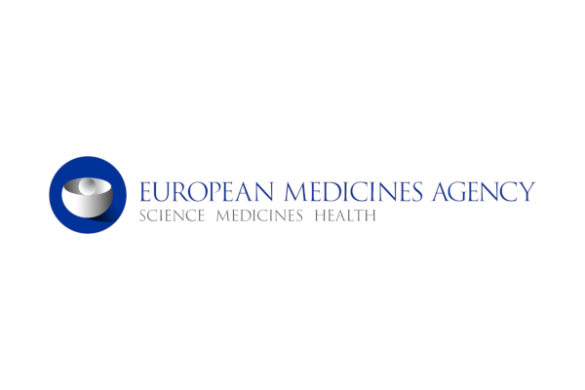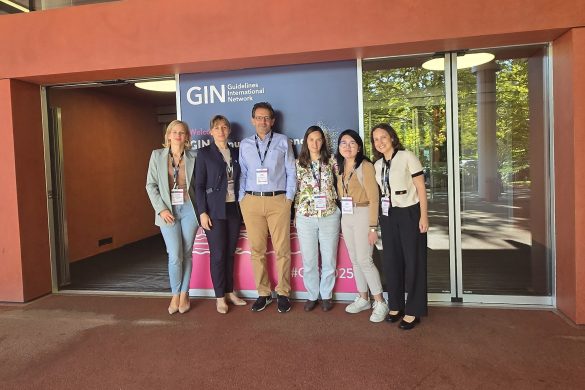by Martin Rakusa
The aim of this Special Session at EAN 2022 was to give the general neurologist an overview of the current knowledge of therapeutically relevant pathomechanisms and relevant translational research.
Prof. Hans Lassmann from Vienna began the session with his lecture ‘Inflammatory mechanisms in neurological disease’. In the beginning, he reminded the audience of current anti-inflammatory therapy – global immune suppression, depletion of specific leukocyte population, retention of leukocytes in lymphatic tissue, blockade of leukocyte migration into the CNS and blockade of immune effector mechanisms. He also explained basic immunological mechanisms underlying neuroinflammatory diseases and neurodegenerative diseases. E.g. possible therapeutic targets for multiple sclerosis and Alzheimer’s disease are microglia and macrophages. While activation of macrophages and microglia propagate the inflammatory process in multiple sclerosis, it has a protective role in Alzheimer’s disease. Therefore it is crucial to find a solution to modify the activity to treat the disease. He concluded that the knowledge of basic immunological mechanisms is essential for proper individual therapy. It is also important for the development of novel treatment strategies.
Prof. Matthias Endress from Germany talked about vascular mechanisms in neurological diseases, which are an integral part of multiple neurological disease pathomechanisms. He discussed coagulation and platelet function, endothelial dysfunction and atherosclerosis. During his talk, we heard about immune thrombosis following SARS-Cov-2 vaccination, cerebral venous sinus thrombosis in COVID-19 and anti-inflammatory treatment in stroke prevention.
An important part of a healthy brain is angiogenesis, which is the dynamic balance of promoting and inhibiting factors. This dynamic is impaired in pathological conditions. Clinical outcome correlates with the number of new vessels around ischemic lesions. Therefore, we need to find a treatment which would promote angiogenesis.
In the end, he explained the role of the neurovascular unit, which provides energy substrates, removes toxic metabolites, and maintains homeostasis of the microenvironment. The units are impaired in subarachnoid haemorrhage. However, a reduction in cerebral blood flow was also found in patients with Alzheimer’s disease even before cognitive impairment. Therefore, it may be possible to decrease the incidence of AD with similar methods to prevent stroke. More studies are needed to understand the role of the vascular system in Alzheimer’s disease.
In the last lecture, Prof. Jan Stam from the Netherlands first explained the concept of networks. Brain networks connecting hubs in the brain could be studied using MRI or EEG. Their activity is impaired in common neurological disorders, and we may improve treatment outcomes by studying them. One example is epilepsy surgery. In some cases, hubs are responsible for seizure spreading. By studying networks, we can find an epileptic area which could be later surgically removed, and we may improve outcomes. Hubs have a different role in stroke, which is important for cognition. Patients who lost certain hubs had greater cognitive impairment than the control population. Studying brain networks is more challenging in patients with multiple sclerosis because each brain frequency creates its own network. A decrease in hubs is associated with cognitive decline in patients with multiple sclerosis and Alzheimer’s disease. In the latter, the association is particularly strong in a posterior brain region, where we may also find a higher amyloid load. The results from studies on patients with Alzheimer’s disease are similar to those of studies where they associate IQ levels in healthy participants. Another interesting finding is that cortical networks are hyperexcited in patients with Alzheimer’s disease, and in the future, we could try to treat patients with antiseizure therapy.
Translating neuroscience findings into clinical practice is important for better understanding and managing our patients. Although busy clinicians study mechanisms every day, we must update our knowledge from time to time; prof Sommer concluded the session.









